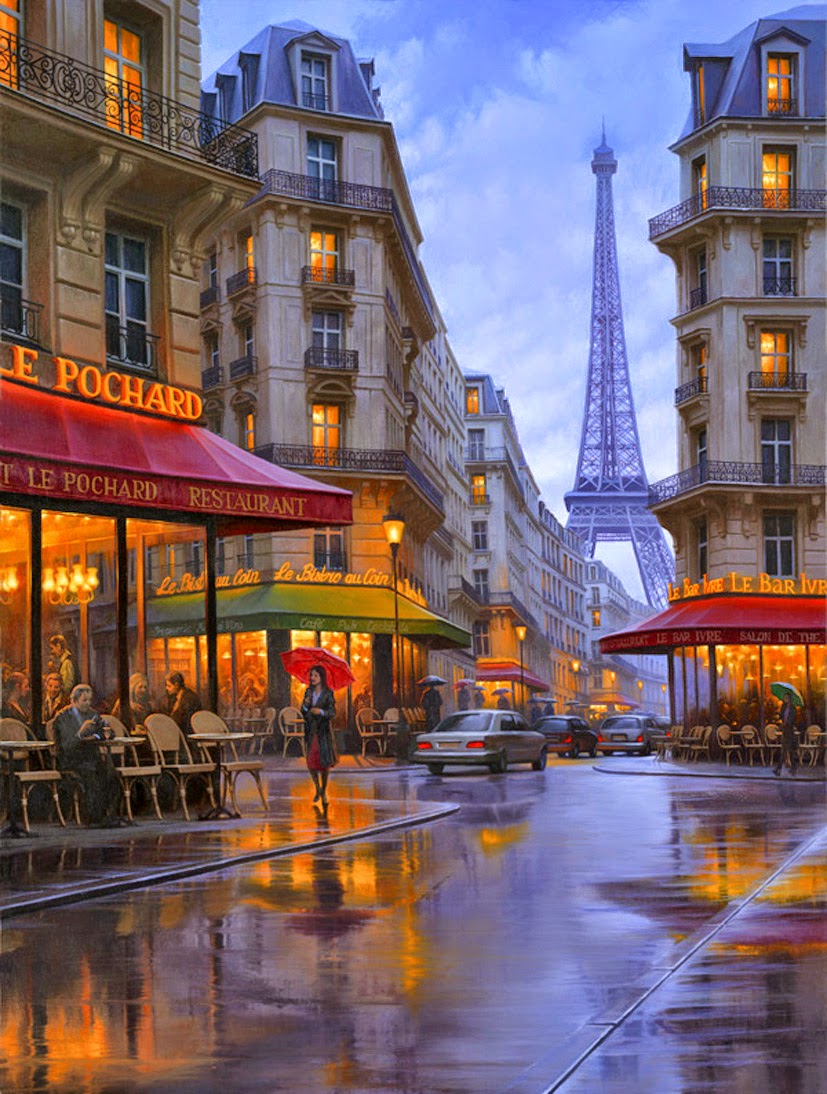Louis Janmot (1814-1892) è stato un pittore e poeta Francese, appartenente alla Scuola di Lione, 1830 - un movimento ispirato alle correnti mistiche ed illuministe lionesi.
Louis Janmot è stato considerato una figura di transizione tra Romanticismo e Simbolismo, anticipando la componente francese della Confraternita dei Preraffaelliti; la sua opera fu ammirata da Puvis de Chavannes, Odilon Redon e Maurice Denis.
Louis Janmot | Le Poème de l'âme. L’idéal, 1850-1854 | Lyon, Musée des Beaux-Arts






.jpg)

.jpg)